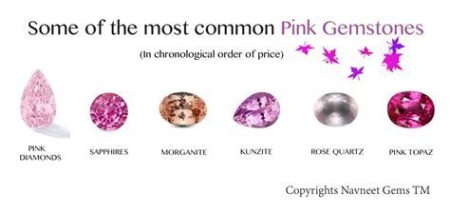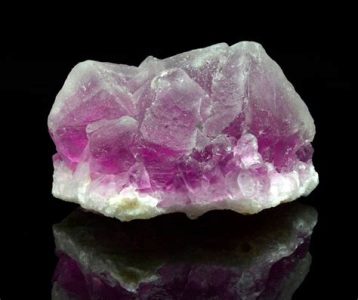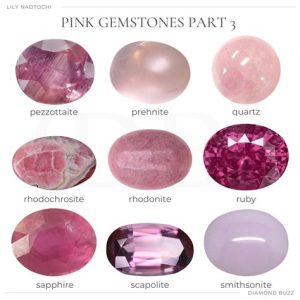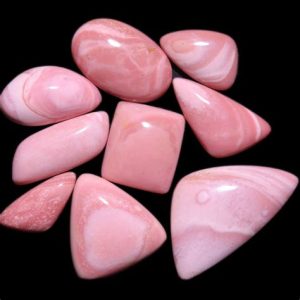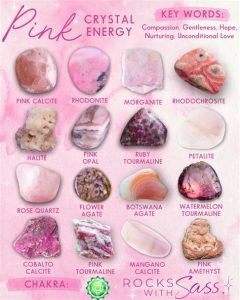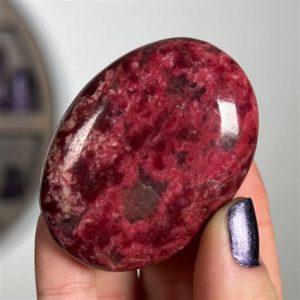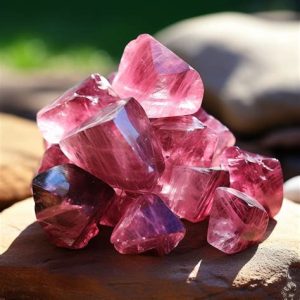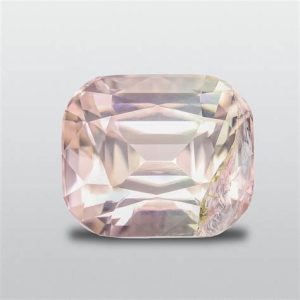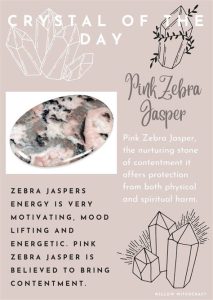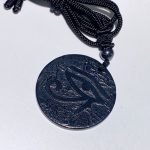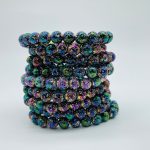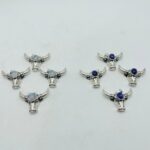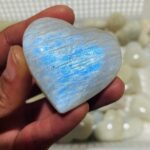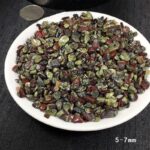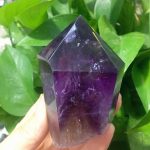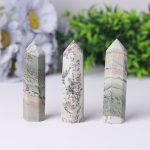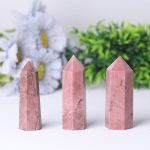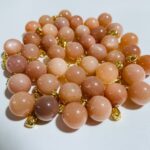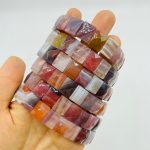Introduction

Chip crystals are essential components in various electronic devices, including smartphones, laptops, and communication systems. They are responsible for generating and maintaining a stable frequency reference, which is crucial for the proper functioning of these devices. In recent years, there has been a growing demand for higher-performance chip crystals, driven by the increasing adoption of advanced technologies such as 5G and IoT. This has led to the development of new materials and technologies for chip crystals, with quartz and lithium niobate emerging as the two most promising candidates.
Quartz
Quartz is a naturally occurring mineral that has been used for centuries in various applications, including jewelry, optics, and electronics. It is a piezoelectric material, which means that it can generate an electrical charge when subjected to mechanical stress. This property makes it an ideal material for chip crystals, as it can be used to generate a stable frequency reference. Quartz crystals are known for their high stability, low aging rate, and wide temperature range.
Lithium Niobate
Lithium niobate is a synthetic material that was first developed in the 1960s. It is also a piezoelectric material, but it has several advantages over quartz. Lithium niobate crystals have a higher electromechanical coupling coefficient, which means that they can generate a stronger electrical signal for a given mechanical stress. They also have a lower dielectric constant, which results in lower losses and a wider bandwidth. Lithium niobate crystals are also more resistant to radiation and temperature changes than quartz crystals.
Quartz VS Lithium Niobate
The following table compares the key properties of quartz and lithium niobate crystals:
| Property | Quartz | Lithium Niobate |
|---|---|---|
| Frequency range | 1 MHz – 100 MHz | 10 MHz – 1 GHz |
| Temperature stability | ±20 ppm/°C | ±10 ppm/°C |
| Aging rate | ||
| Power consumption | Low | Medium |
| Cost | Low | High |
Applications
Chip crystals are used in a wide range of applications, including:
- Smartphones
- Laptops
- Communication systems
- GPS devices
- Medical equipment
- Industrial control systems
Benefits
The use of chip crystals offers several benefits, including:
- Improved frequency stability
- Reduced aging rate
- Wider temperature range
- Lower power consumption
- Smaller size
Conclusion
Chip crystals are essential components in electronic devices, and the choice of material is critical for the performance of the device. Quartz and lithium niobate are the two most promising materials for chip crystals, each with its own advantages and disadvantages. Quartz crystals are known for their high stability, low aging rate, and wide temperature range, while lithium niobate crystals offer higher performance, lower losses, and wider bandwidth. The choice of material depends on the specific application requirements.
Tips and Tricks
- Use a high-quality crystal oscillator to ensure the best possible frequency stability.
- Choose the right crystal for the application. Consider the frequency range, temperature stability, and aging rate.
- Handle the crystal carefully to avoid damage.
- Store the crystal in a dry, dust-free environment.
FAQs
- What is the difference between a crystal and a resonator?
- A crystal is a piezoelectric material that can generate an electrical charge when subjected to mechanical stress. A resonator is a device that uses a crystal to generate a stable frequency reference.
- What is the aging rate of a crystal?
- The aging rate is the change in frequency over time. It is typically measured in parts per million per year (ppm/year).
- What is the temperature stability of a crystal?
- The temperature stability is the change in frequency with temperature. It is typically measured in parts per million per degree Celsius (ppm/°C).
- What is the power consumption of a crystal?
- The power consumption of a crystal is typically very low, typically in the microwatt range.
Highlights
- Chip crystals are essential components in electronic devices.
- Quartz and lithium niobate are the two most promising materials for chip crystals.
- Quartz crystals are known for their high stability, low aging rate, and wide temperature range.
- Lithium niobate crystals offer higher performance, lower losses, and wider bandwidth.
- The choice of material depends on the specific application requirements.
Stand Out
The use of chip crystals is essential for the proper functioning of electronic devices. By choosing the right material and following the tips and tricks outlined in this article, you can ensure the best possible performance from your devices.

